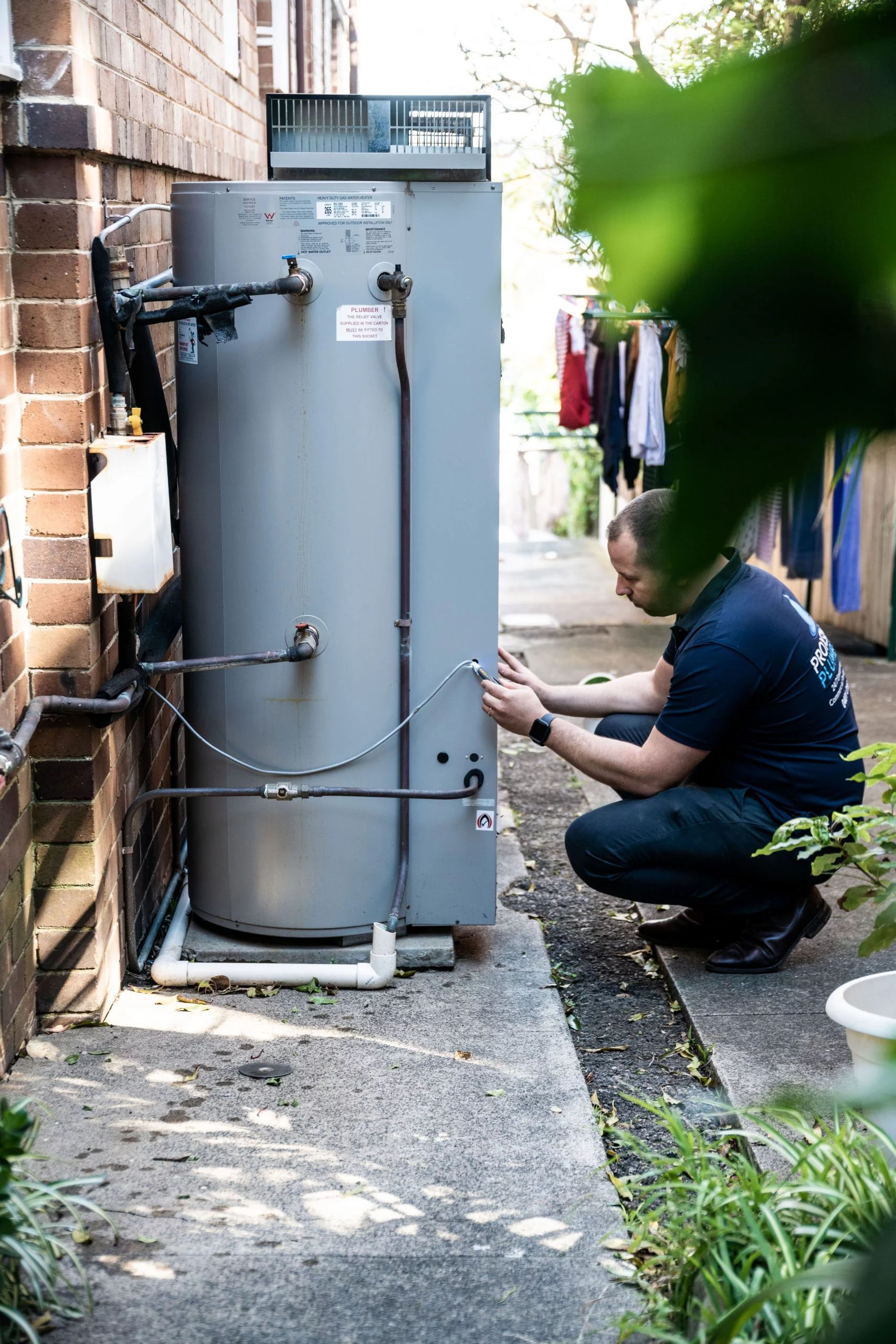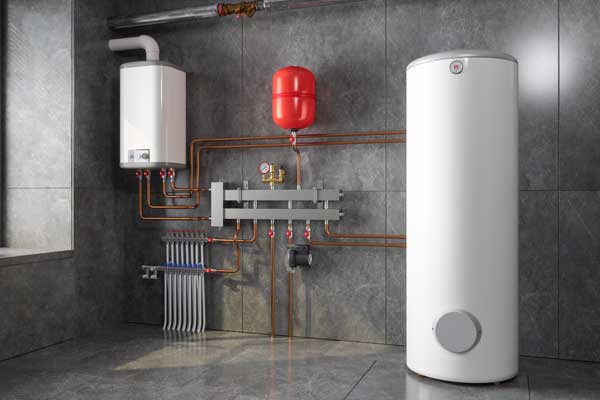Were you searching for answers concerning How to Maintain Your Water Heater & Prolong its Life?

Hot water is vital for everyday convenience, whether it's for a refreshing shower or cleaning recipes. To ensure your hot water system runs effectively and lasts much longer, normal upkeep is key. This short article supplies sensible tips and insights on just how to keep your home's warm water system to stay clear of disruptions and expensive fixings.
Introduction
Preserving your home's hot water system may seem difficult, however with a few easy steps, you can ensure it runs efficiently for several years to find. This guide covers whatever from understanding your hot water system to DIY maintenance ideas and recognizing when to call in expert assistance.
Relevance of Keeping Your Warm Water System
Normal maintenance not only prolongs the life expectancy of your hot water system however also guarantees it operates efficiently. Neglecting upkeep can bring about reduced effectiveness, greater power costs, and also early failing of the system.
Indicators Your Warm Water System Demands Upkeep
Recognizing when your warm water system needs interest can protect against significant issues. Look out for signs such as inconsistent water temperature, weird noises from the heating unit, or rustic water.
Comprehending Your Hot Water System
Before diving into maintenance tasks, it's useful to understand the fundamental components of your hot water system. Typically, this includes the water heater itself, pipelines, anode poles, and temperature level controls.
Month-to-month Maintenance Tasks
Regular monthly checks can help capture small concerns prior to they intensify.
Flushing the Hot Water Heater
Purging your water heater removes sediment buildup, boosting performance and extending its life.
Checking and Replacing Anode Rods
Anode rods protect against deterioration inside the storage tank. Checking and replacing them when broken is vital.
Checking and Readjusting Temperature Level Setups
Changing the temperature setups makes certain ideal performance and safety.
Do It Yourself Tips for Maintenance
You can execute a number of maintenance jobs on your own to keep your warm water system in top problem.
Looking for Leaks
Routinely evaluate pipelines and connections for leakages, as these can cause water damage and greater bills.
Testing Stress Alleviation Valves
Testing the stress safety valve ensures it works properly and prevents excessive stress accumulation.
Insulating Pipelines
Protecting hot water pipelines decreases warm loss and can save power.
When to Call a Specialist
While DIY upkeep is helpful, some concerns call for specialist know-how.
Complex Concerns Needing Specialist Assistance
Instances consist of major leakages, electrical troubles, or if your water heater is regularly underperforming.
Regular Professional Upkeep Benefits
Specialist maintenance can include detailed evaluations, tune-ups, and making certain compliance with safety and security standards.
Final thought
Regular maintenance of your home's warm water system is important for effectiveness, long life, and cost savings. By adhering to these tips and understanding when to look for professional help, you can make sure a trusted supply of hot water without unforeseen disturbances.
How to Maintain an Instant Hot Water Heater
Before tinkering with your hot water heater, make sure that it’s not powered on. You also have to turn off the main circuit breaker and shut off the main gas line to prevent accidents. Also turn off the water valves connected to your unit to prevent water from flowing into and out of the appliance. 2. When you’re done, you have to detach the purge valves’ caps. These look like the letter “T” and are situated on either side of the water valves. Doing so will release any pressure that has accumulated inside the valves while at the same time avoid hot water from shooting out and burning your skin. 3. When the purge valves’ caps are removed, you have to connect your hosing lines to the valves. Your unit should have come with three hoses but if it didn’t, you can purchase these things from any hardware or home repair shops. You can also get them from retail stores that sell water heating systems. Read the user’s manual and follow it to complete this task properly. When the hosing lines are connected, open the purge port’s valves. 4. You should never use harsh chemical cleaners or solutions when cleaning your unit. Make use of white vinegar instead. It should be undiluted and you’ll probably use about 2 gallons. 5. Now flush your water heater. This task should probably take about 40 minutes. We can’t give you specific directions for this because the procedure is carried out depending on the type, model and brand of your heater. With that being said, refer to the user’s manual. 6. When you’re done draining the unit, you have to turn off the purge port valves again. Remove the hosing lines that you earlier installed on each of the water valves. Put the valve caps (purge port) back in their respective places and be very careful so as not to damage the rubber discs that are found inside these caps. 7. Now that everything’s back in place, check your user’s manual again to find out how to reactivate your water heating system. 8. Once it is working, turn one of your hot water faucets on just to let air pass through the heater’s water supply pipes. Leave the tap on until water flows smoothly out of it. https://www.orrplumbing.com/blog/2014/september/how-to-maintain-an-instant-hot-water-heater/

As a fervent reader about Tips on Maintaining a Water Heater, I was thinking sharing that topic was really useful. For those who enjoyed reading our blog post kindly consider to pass it around. I value reading our article about Tips on Maintaining a Water Heater.
Visit My Site